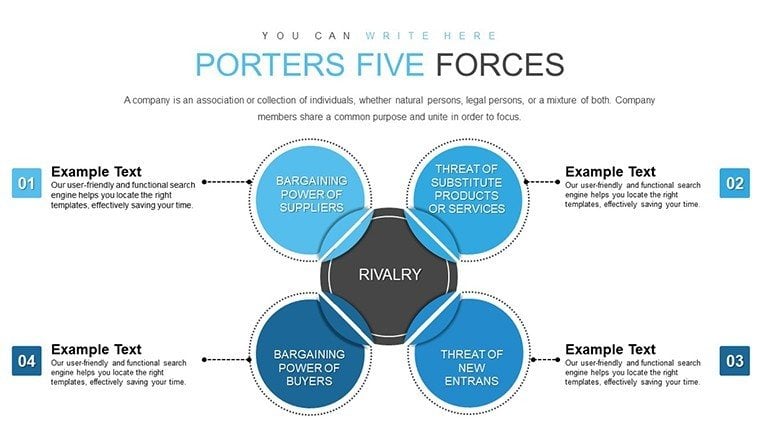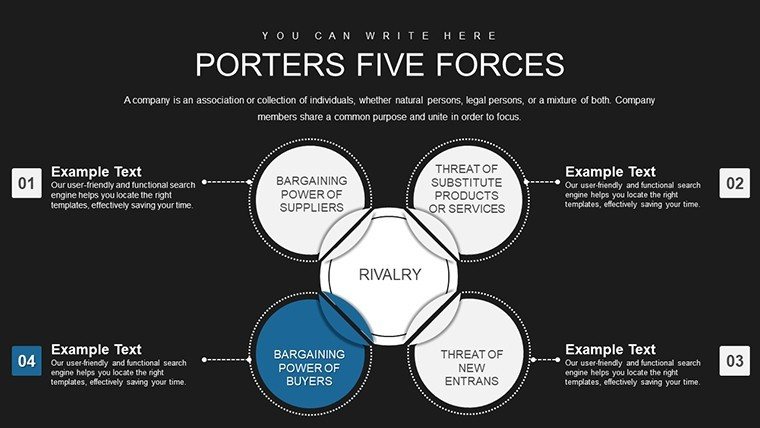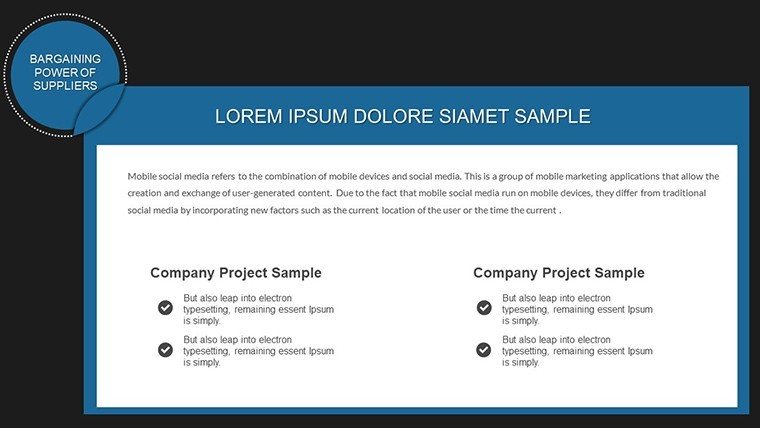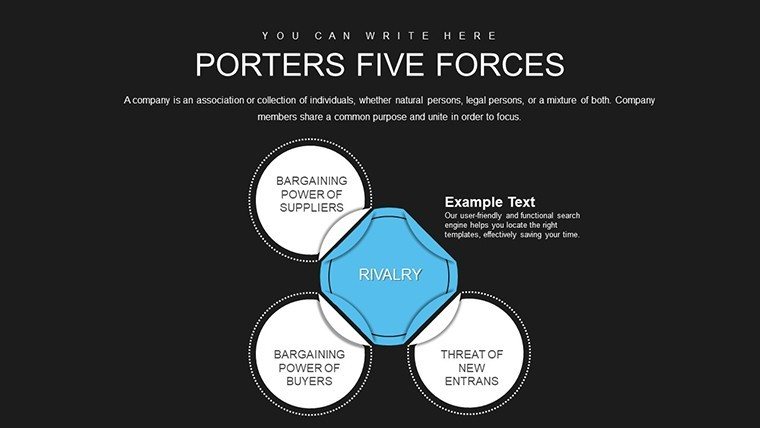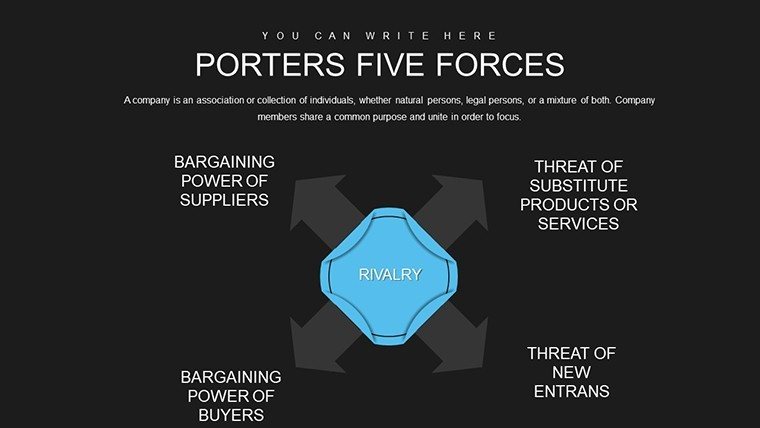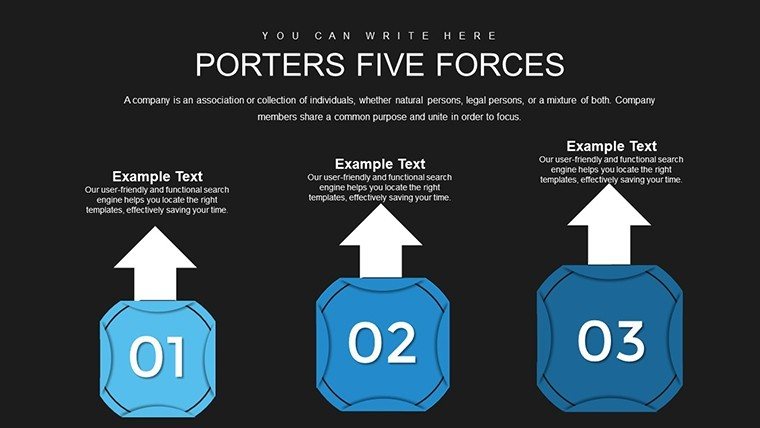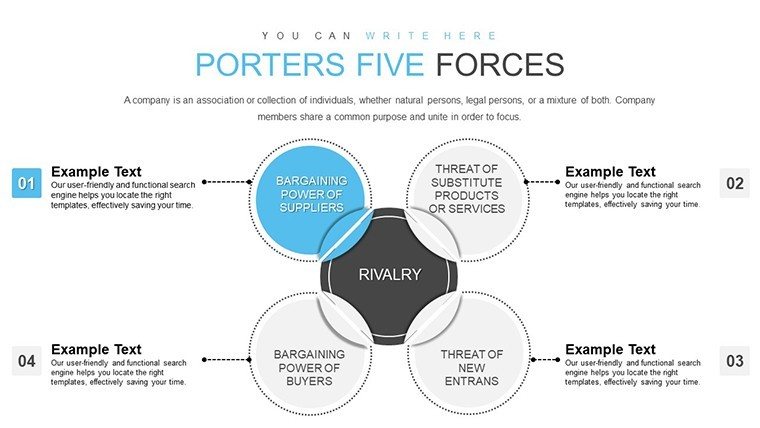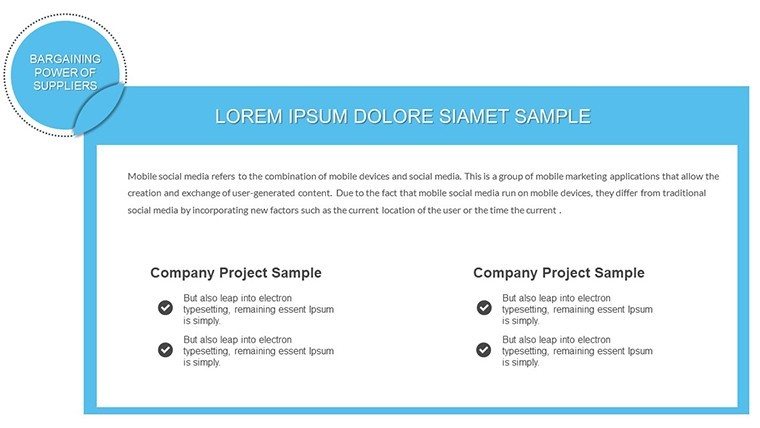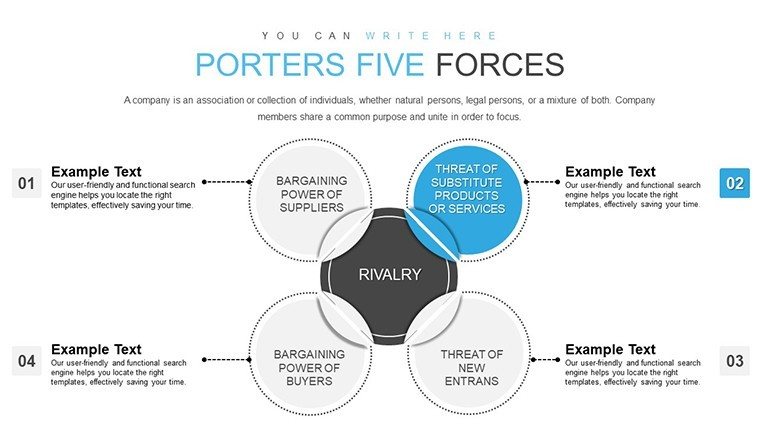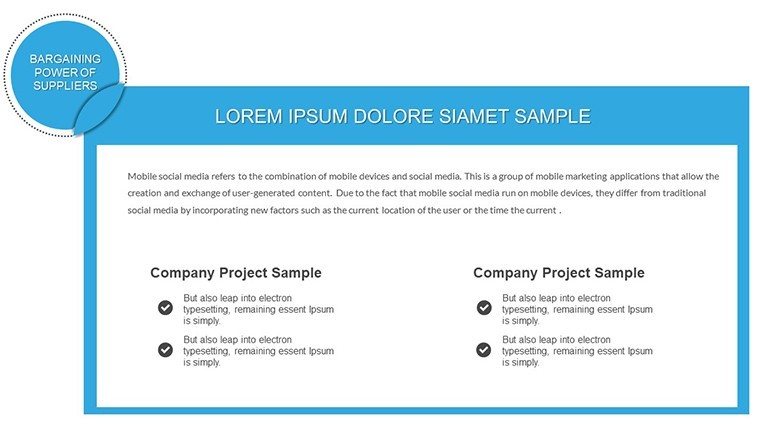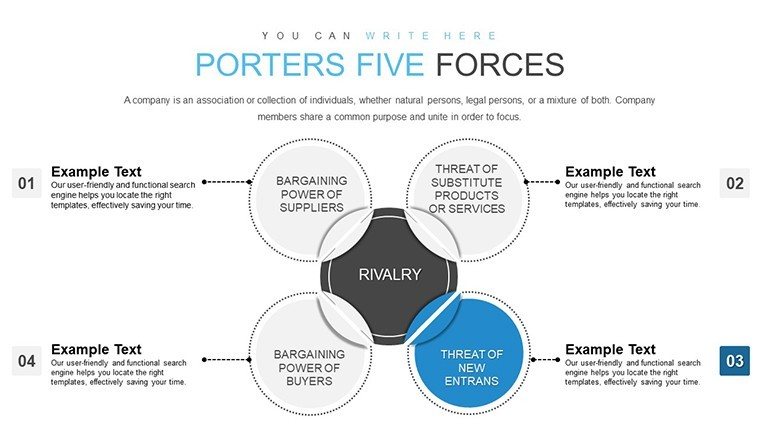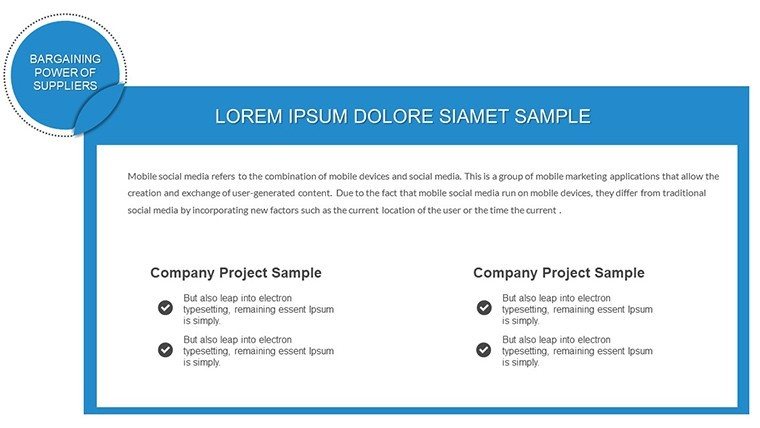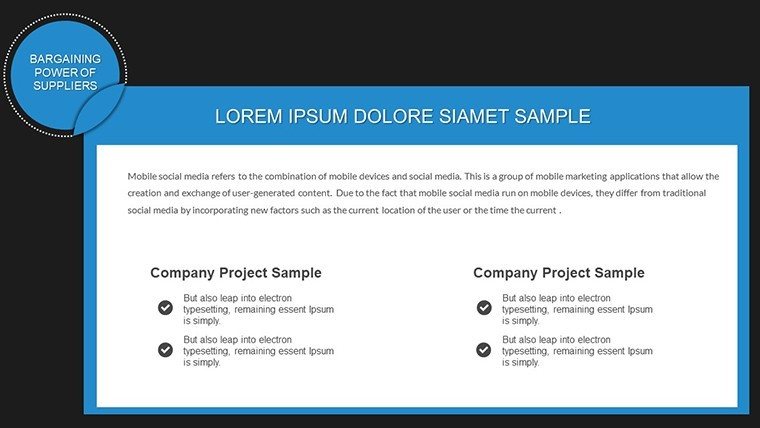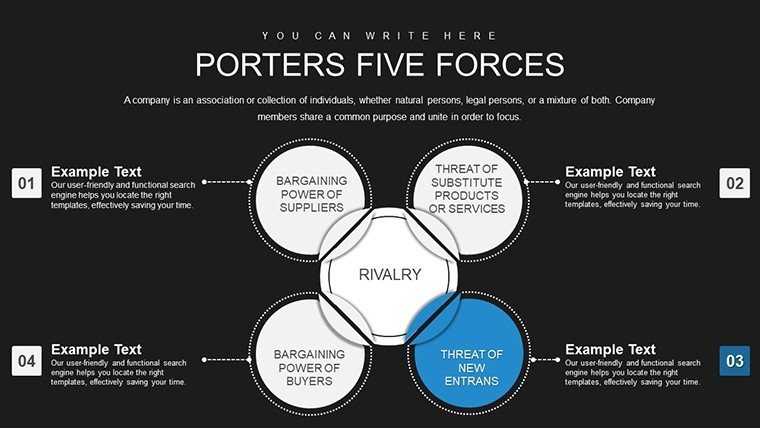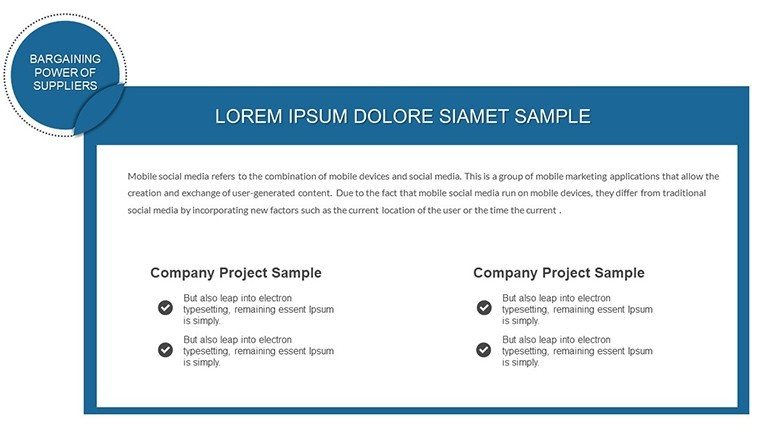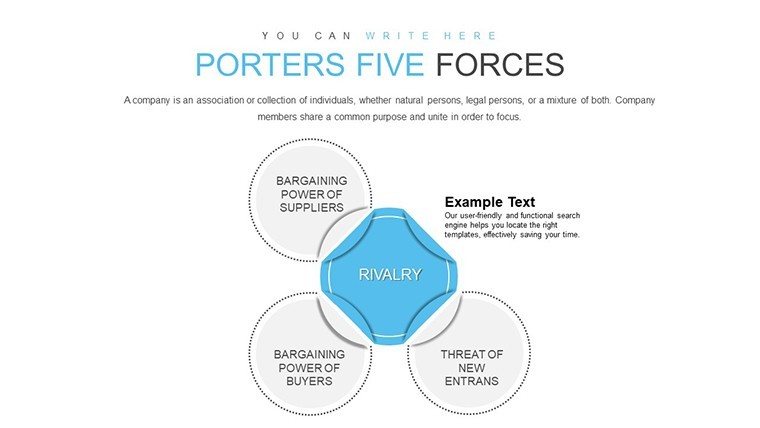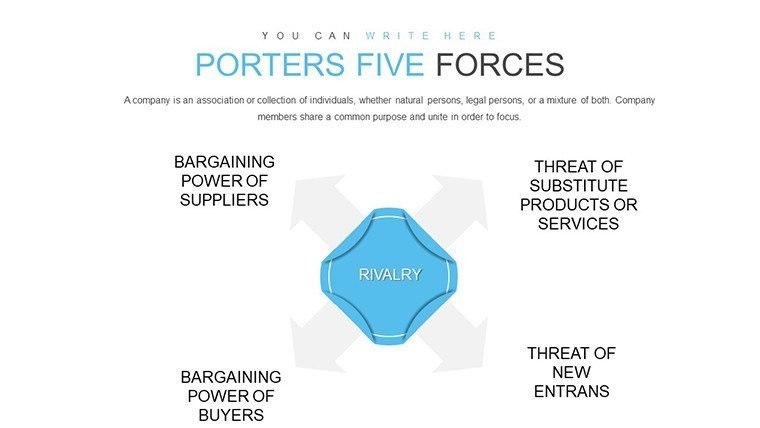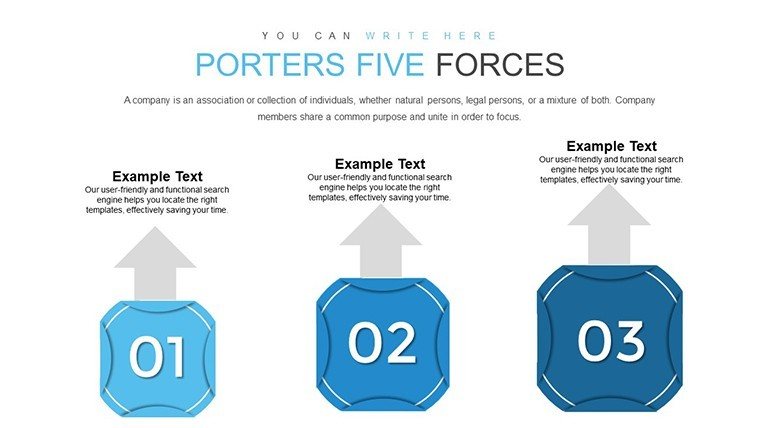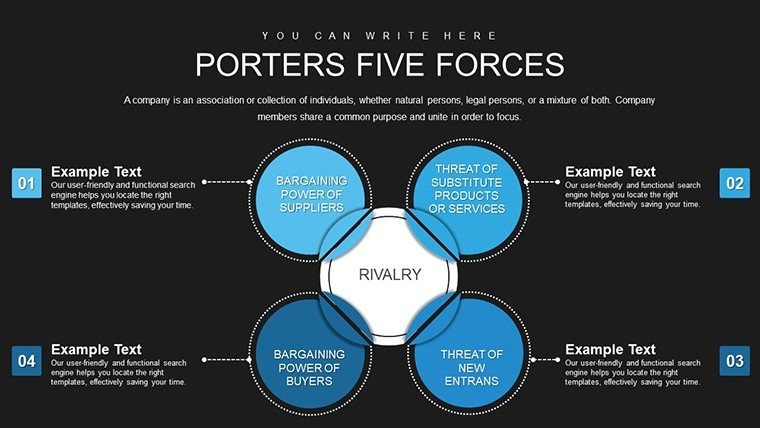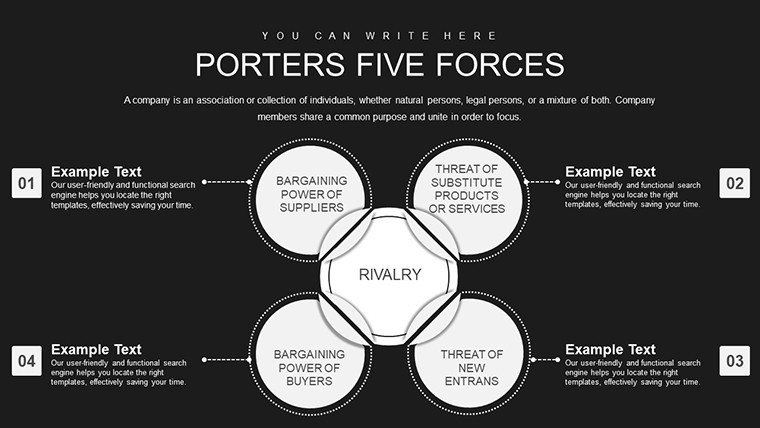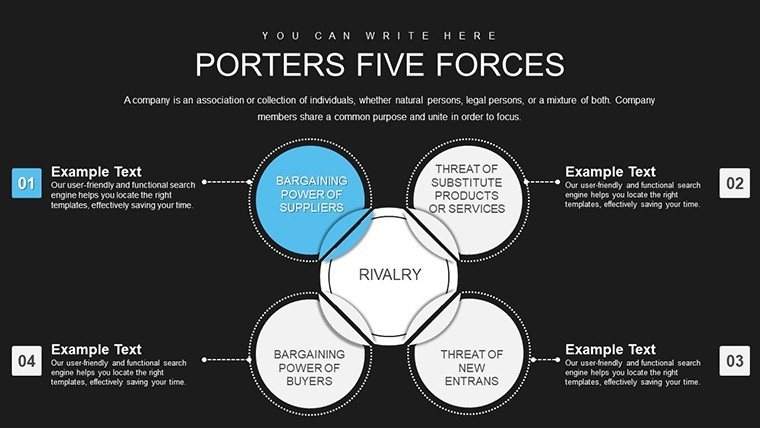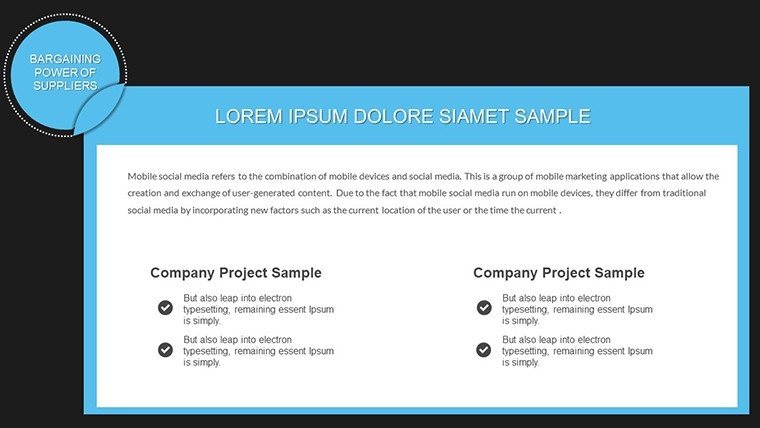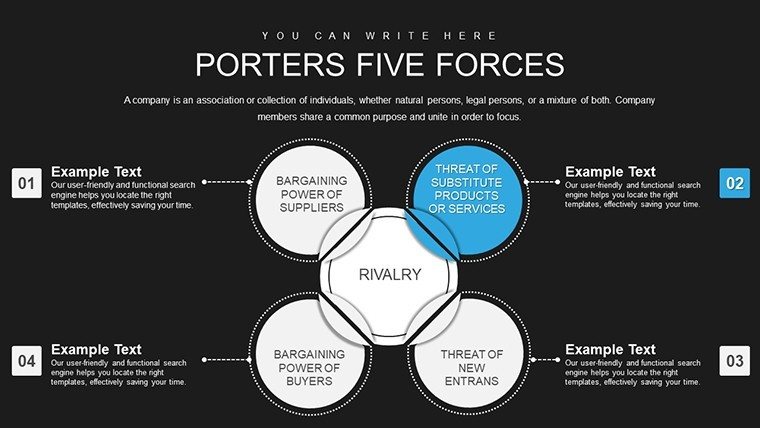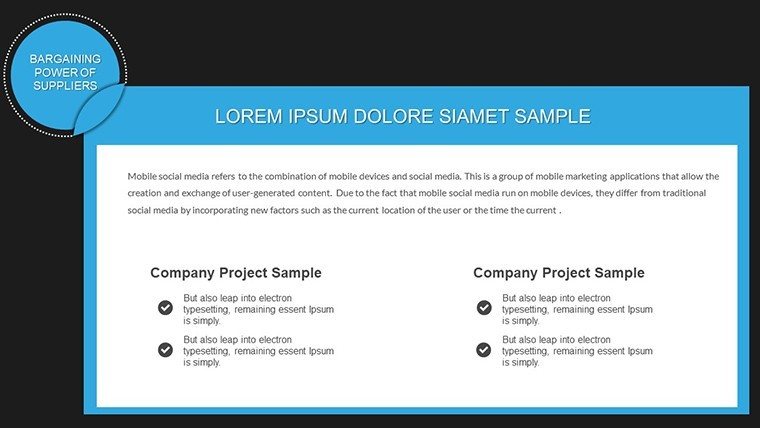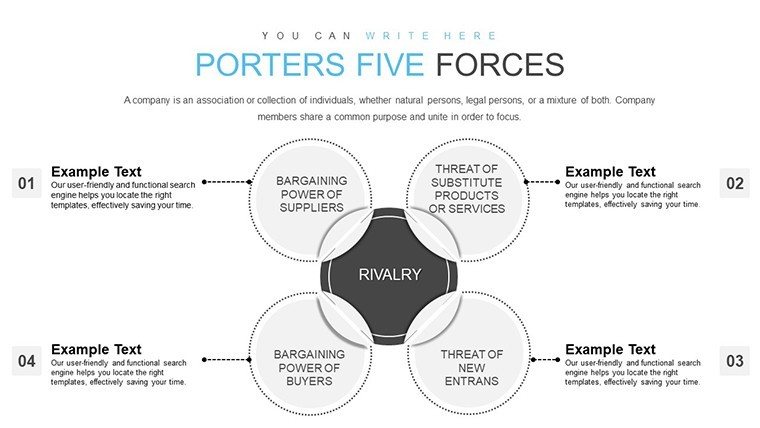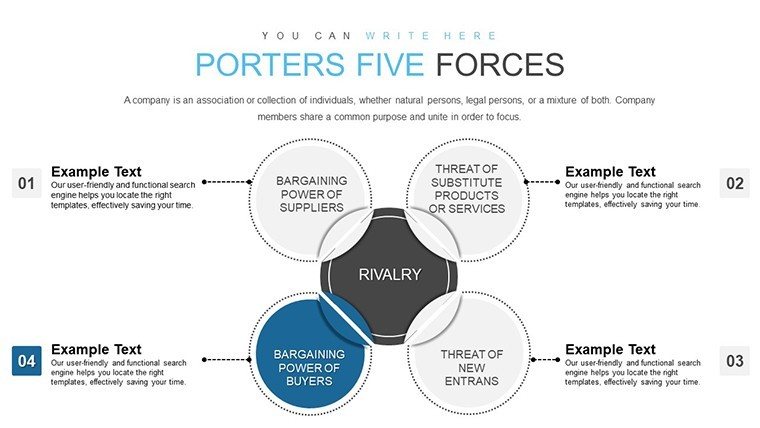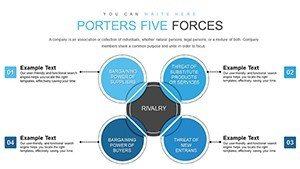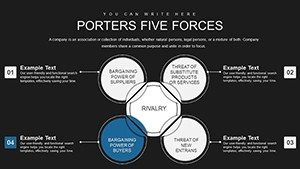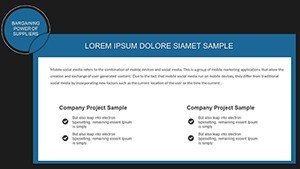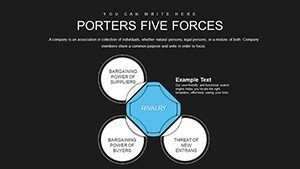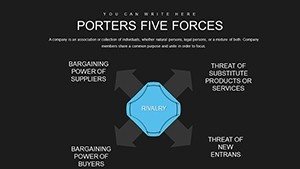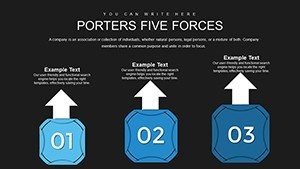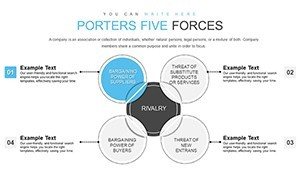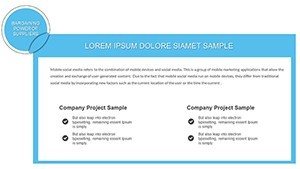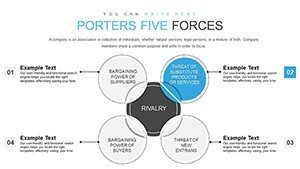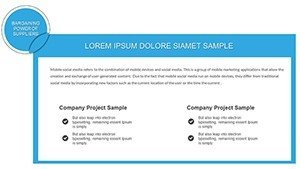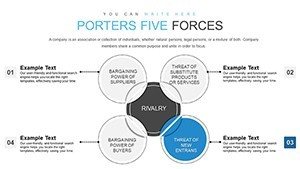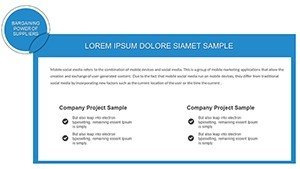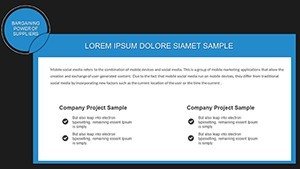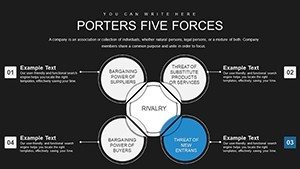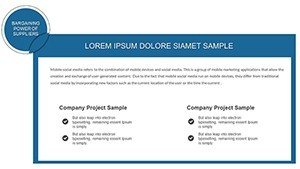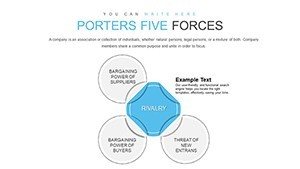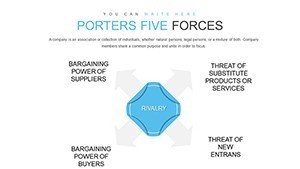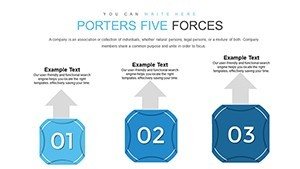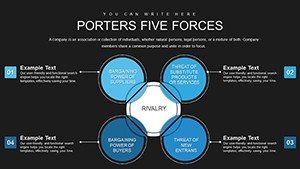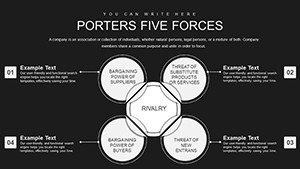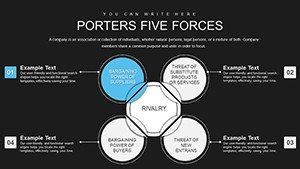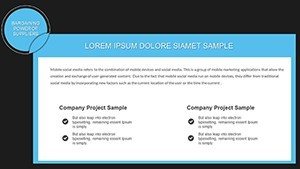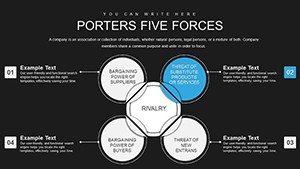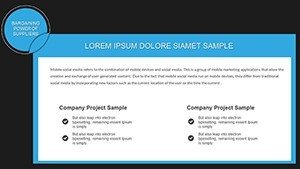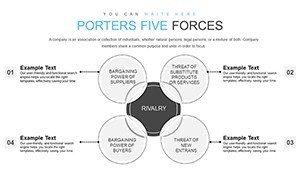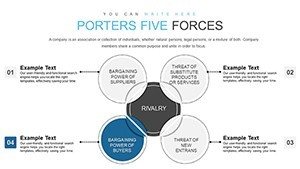Promo code "00LAYOUTS"
Porter's Five Forces PowerPoint Template: Strategic Analysis for Architects
Type: PowerPoint Charts template
Category: Cycle
Sources Available: .pptx
Product ID: PC00825
Template incl.: 26 editable slides
In the dynamic realm of architecture, understanding competitive forces is key to thriving amid evolving markets. The Porter's Five Forces PowerPoint Charts Template delivers exactly that, with 26 editable slides dedicated to Michael Porter's renowned framework. Tailored for architects, analysts, and strategists, this template dissects threats of new entrants, buyer and supplier powers, substitutes, and rivalry through professional charts. Visualize how urban developers face supplier bargaining in material costs or rivalry from innovative firms. This isn't just data display; it's strategic empowerment, enabling you to craft presentations that inform decisions and spotlight opportunities. Fully compatible with PowerPoint and Google Slides, it integrates seamlessly into your analytical workflow, drawing on real industry insights to bolster your expertise. Whether assessing a new market entry for sustainable designs or evaluating substitutes like modular construction, these slides turn complex analyses into actionable intelligence, positioning your firm as a thought leader.
Decoding Competitive Landscapes in Architecture
Porter's model, introduced in 1979, remains a cornerstone for industry analysis, and this template brings it to life for architecture pros. Consider a firm like SOM (Skidmore, Owings & Merrill), which uses similar frameworks to navigate global projects; here, charts help quantify forces like buyer power in client negotiations for landmark builds.
Essential Features for In-Depth Insights
- Force-Specific Charts: Dedicated visuals for each of the five forces, with customizable scales to input architecture-specific data like market entry barriers.
- Full Customization: Alter colors, shapes, and sizes to reflect your analysis, ensuring alignment with firm branding or project themes.
- Data Integration: Embed numerical or qualitative data easily, with options for real-time updates from sources like industry reports.
- User-Centric Design: Intuitive layouts requiring no design expertise, focusing on clarity as per Harvard Business School case study standards.
- Versatile Industry Fit: Adaptable to sectors within architecture, from residential to infrastructure, highlighting unique forces like regulatory substitutes.
These draw authority from Porter's own teachings, emphasizing rigorous, visual strategy formulation.
Strategic Applications: Navigating Architectural Challenges
For an urban planning project, use the template to chart rivalry among firms bidding for smart city contracts, incorporating data from sources like the World Bank on infrastructure trends. In healthcare architecture, analyze supplier power in specialized materials, revealing negotiation leverage points.
Consultants can impress clients by visualizing threat of substitutes, such as 3D-printed buildings vs. traditional methods, backed by case studies from firms like BIG (Bjarke Ingels Group) that innovate amid disruptions.
Analytical Workflow: Step by Step
- Identify Forces: Select slides for each Porter element, tailoring to your architecture niche like commercial vs. residential.
- Gather Data: Input metrics, e.g., entry barriers via licensing costs, using integrated tools for accuracy.
- Visualize Insights: Customize to highlight key findings, perhaps red-flagging high rivalry areas.
- Interpret Results: Add annotations drawing on AIA economic reports for context.
- Present Strategies: Conclude with action slides, linking analysis to recommendations like diversification.
This approach, validated by strategy consultancies like Bain & Company, enhances decision-making efficiency.
Outperforming Generic Analysis Tools
Unlike basic charts, this template offers pre-structured forces, saving time and ensuring comprehensiveness. For architects, it means credible presentations that meet fiduciary standards, with accessibility features for diverse audiences. A fictional yet realistic case: A mid-sized firm used it to pivot from traditional to green architecture, identifying low substitute threats in eco-materials.
Weave in LSI like "industry competitiveness visuals" for better internal utility.
Pro Tips for Strategic Architectural Analysis
Combine forces into holistic views: Overlay charts to show interdependencies, like how supplier power affects rivalry. Add wry observations, such as "In architecture, the only force stronger than gravity is market rivalry." Reference trusted sources like Deloitte's industry outlooks for trustworthiness.
Integrate with SWOT tools for layered strategies, and use for virtual strategy sessions with smooth animations.
Strategize smarter in architecture - secure this template and force your way to success.
Frequently Asked Questions
How customizable are the force charts?
Fully, with options to adjust all elements to fit your architectural analysis.
Does it include data examples?
Yes, placeholders with architecture-relevant samples to kickstart your work.
Compatible with other tools?
Seamlessly works with PowerPoint, Google Slides, and data imports from Excel.
Suitable for non-business architects?
Yes, adaptable for academic or public sector architectural strategy.
How does it align with Porter's original model?
It faithfully represents all five forces with modern visuals for contemporary use.

